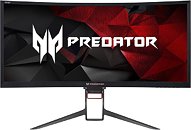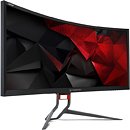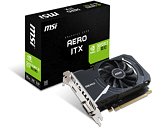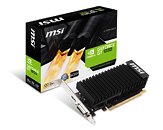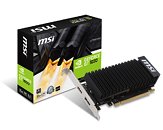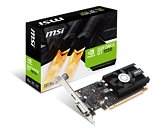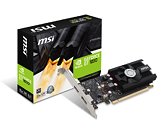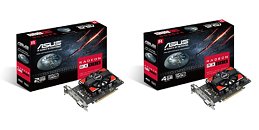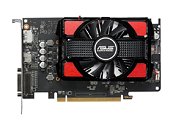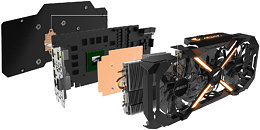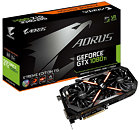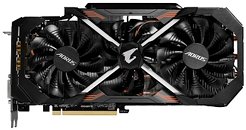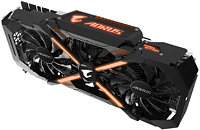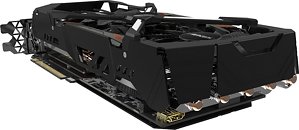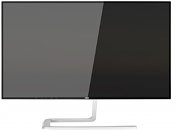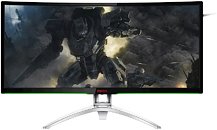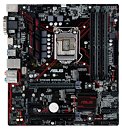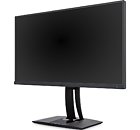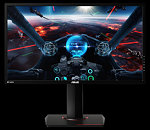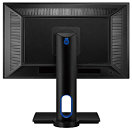
Acer Announces the Predator Z35P - 35", 1800R, 3440x1440, G-SYNC
Acer has added another entry to their Predator line of gaming monitors. The Z35P comes in to replace the company's now aging Z35, which boasted of a 2560x1080 resolution (which while relatively low for today's standards, I have to say I really enjoy.) The Z35P brings the specs up to speed with today's standards, with a higher resolution and a better contrast ratio than its predecessor. Its design reminds me of a running Flood infection form, honestly, but that may be just me.
The Z35P is based on a 35" AMVA panel with a 3440x1440 resolution (2.39:1 aspect ratio and 106 PPI), has a relatively low maximum brightness of 300 nits (no HDR support here I'm afraid), a 2500:1 contrast ratio, a 100 Hz refresh rate, 178°/178° viewing angles, a 4 ms response time, and a 1800R curvature. Reports indicate the refresh rate can be overclocked from 100 Hz to 120 Hz (with G-SYNC to boot), which isn't all that shabby. Connectivity-wise, the Predator Z25P features 1x HDMI 1.4 port, 1x DisplayPort 1.2, 4x USB Type-A headers (with 1x USB-B input) and 1x 3.5-mm audio jack which drives the two 9 W integrated speakers. While in operation, the panel consumes up to 65 W of power. The Acer Predator Z35P is expected to be available in the U.S. in the coming weeks for $1099.99.
The Z35P is based on a 35" AMVA panel with a 3440x1440 resolution (2.39:1 aspect ratio and 106 PPI), has a relatively low maximum brightness of 300 nits (no HDR support here I'm afraid), a 2500:1 contrast ratio, a 100 Hz refresh rate, 178°/178° viewing angles, a 4 ms response time, and a 1800R curvature. Reports indicate the refresh rate can be overclocked from 100 Hz to 120 Hz (with G-SYNC to boot), which isn't all that shabby. Connectivity-wise, the Predator Z25P features 1x HDMI 1.4 port, 1x DisplayPort 1.2, 4x USB Type-A headers (with 1x USB-B input) and 1x 3.5-mm audio jack which drives the two 9 W integrated speakers. While in operation, the panel consumes up to 65 W of power. The Acer Predator Z35P is expected to be available in the U.S. in the coming weeks for $1099.99.
